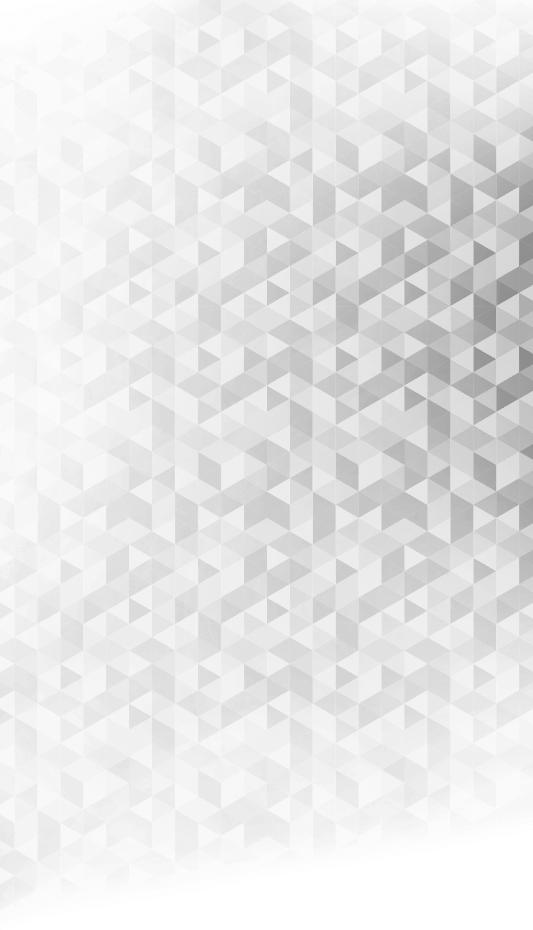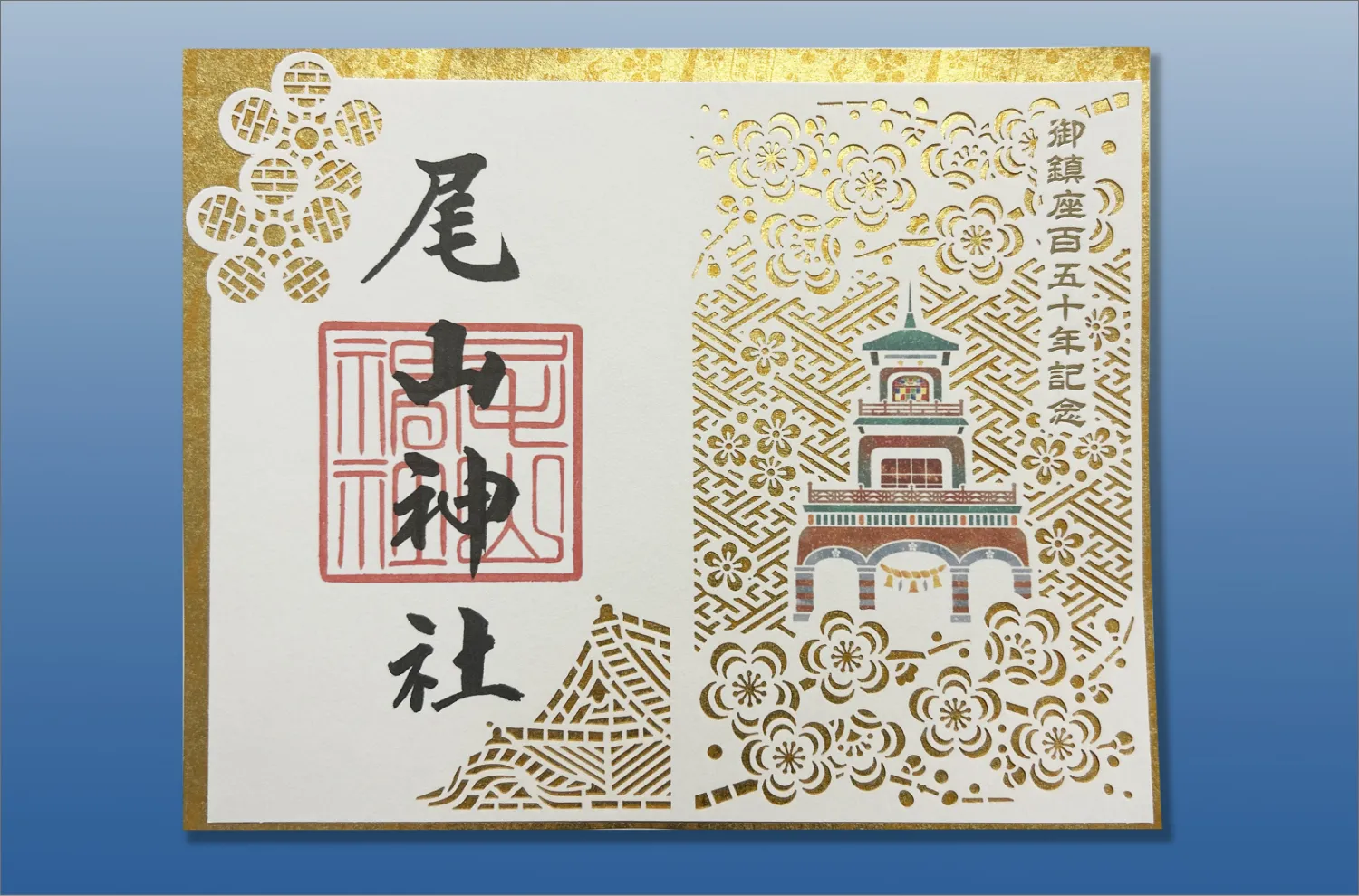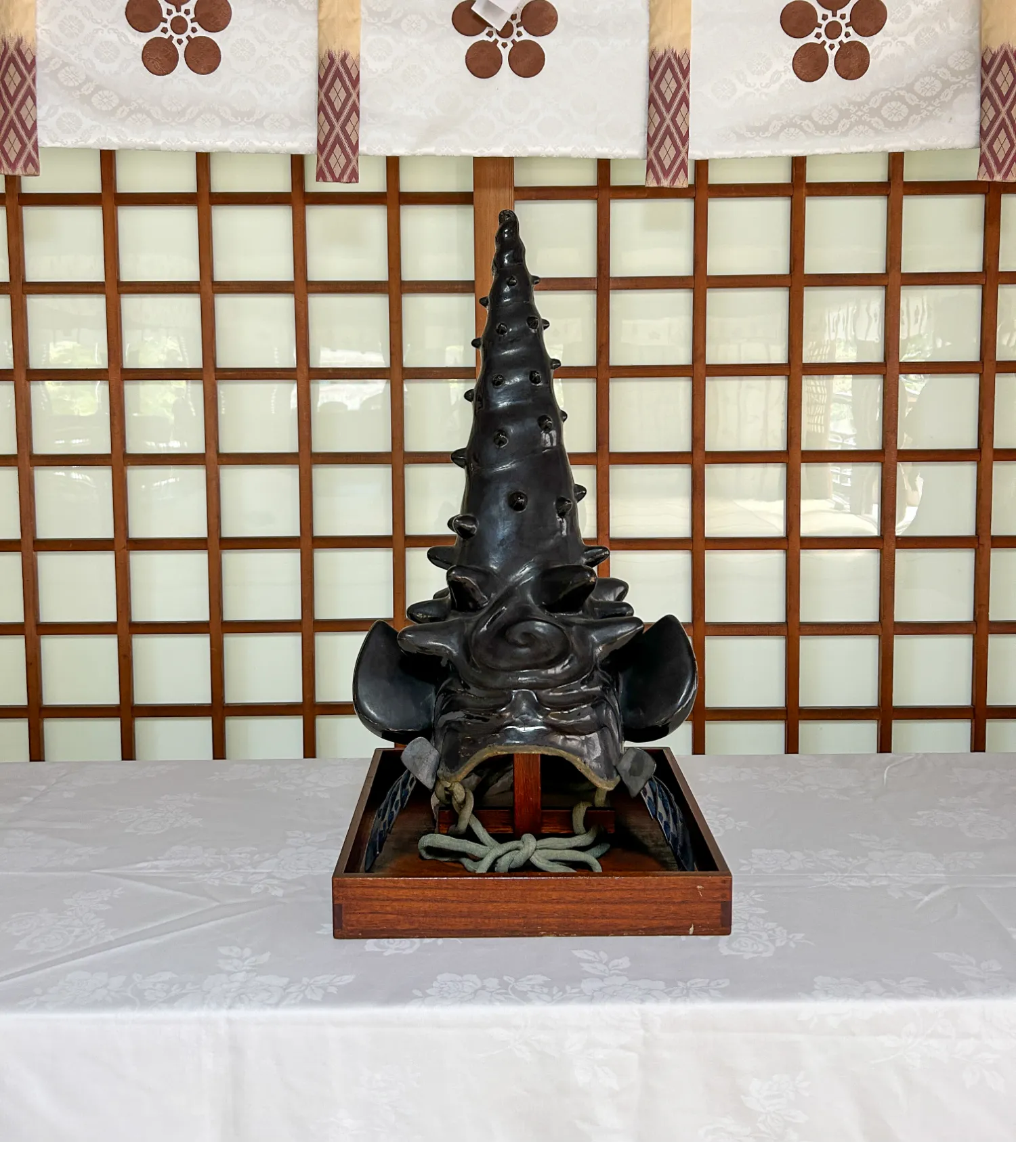
Oyama Jinja Shrine was built in 1873 in dedication to Toshiie Maeda, the founder of the Kaga domain, followed by the construction of the Shinmon gate in 1875.
At the time of construction, the shrine was renown for its unprecedented blend of Japanese, Chinese, and Western style architecture, and has since been designated as a National Important Cultural Property.
The lowest level of its framework is made of wood and assembled using Japanese architectural techniques, and the outer masonry is made of the Kaga region's "tomuro" stones. The third tier is inlaid on all four sides with stained glass-like diamantes, which were once lit here to serve as lighthouses for ships passing through the nearby ports.










